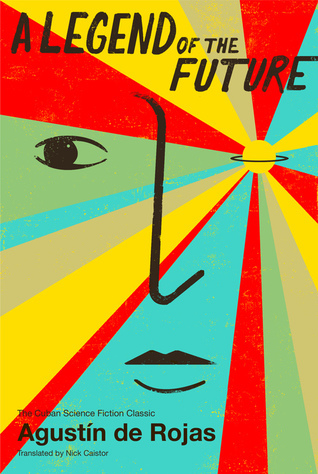What do you think?
Rate this book


240 pages, Paperback
First published January 1, 1985
"Did Thondup explain the conditioning to you?" [Isanusi asked Gema.]
"Yes."
"Was it helpful?"
"Reasonably. Why didn't they include all that explanation in my memory? I wouldn't have had to waste so much time. . ."
"Can you undertake the task now?"
"Which task?"
"Rescue all you can from your previous mental make-up, and merge it with your new one. Do you think you can do that?"
"There's a good probability of it, but . . . I'm overwhelmed with work. And to do what you're suggesting takes time. I don't know if I'll have enough to recover what you want before it finally disappears."
"You're not saying what you really think, Gema."
The young woman said nothing.
"Speak."
"Isanusi . . . Thondup is a psychosociologist."
"I know, he has been for a long time."
"He doesn't think it's possible."
"There's no reason he has to be right there's no previous experience of this kind of conditioning, Gema. Everything we say to you is simply guesswork. . . . The result depends on you, on your efforts."